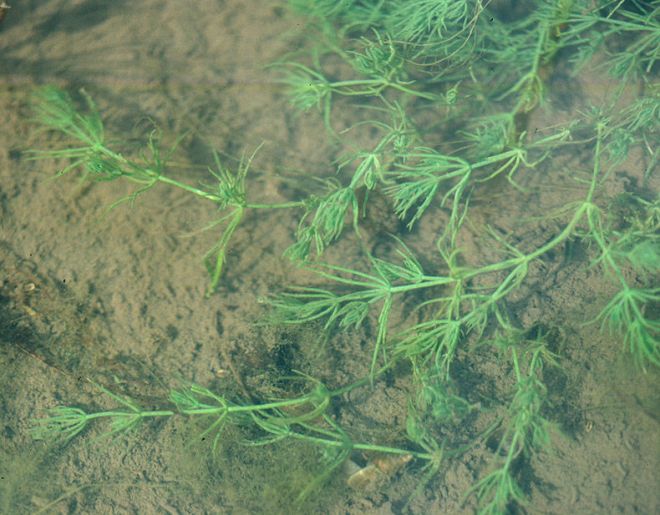I want to tell the story of plants. In order to do that, I suppose I will need to research the 4 billion year history of life on earth. And so I am. Apart from satiating my own curiosity, studying and telling the story of plants advances me towards my goal of creating a series of botany lesson themed posts. Botany 101 and beyond, if you will. An ambitious project, perhaps, but what else am I going to do with my time?
So what is a plant anyway? We all know plants when we see them, but have you ever tried to define them? They are living beings, but they are not animals. They are stationary – rooted in the ground, usually. Most of them are green, but not all of them. They photosynthesize, which means they use water, carbon dioxide collected from the atmosphere, and energy harvested from the sun to make food for themselves. No animal can do that (okay…a few sort of can). They reproduce sexually, but many can also reproduce asexually. They are incredibly diverse. Some grow hundreds of feet into the air. Some barely reach more than a few centimeters off the ground at maturity. They have discernible parts and pieces, but they can also lose parts and pieces and then grow them back. There aren’t many animals that can do that. They have been on this planet for hundreds of millions of years, colonizing land millions of years before animals. Plants helped pave the way, and if it weren’t for plants, animals may not have stood a chance.
I don’t mean to pick on animals, it’s just that for a long time, humans grouped living things into just two kingdoms: Plantae and Animalia. Stationary things that appeared to be rooted to the ground or some other surface were classified as plants. Green things that lived in the water were also considered plants. Thus, lichens, fungi, algae, and everything we consider to be a plant today were placed in kingdom Plantae. Everything else was placed in kingdom Animalia. This, of course, was before much was known about microorganisms.
Dichotomous classification was reconsidered as we learned more about the diversity of organisms in each kingdom, particularly as the theory of evolution came into play and microscopes allowed us to observe single celled organisms and chromosomes. Eventually, fungi was awarded its own kingdom, which includes lichens – organisms composed of both fungi and photosynthetic species but classified according to their fungal components. Most of the algae was placed in a kingdom called Protista, a hodgepodge group of unicellular and unicellular-colonial organisms, some of which are animal-like and some of which are plant-like. Two kingdoms were also formed for prokaryotic organisms (organisms with cells that lack membrane bound organelles): Bacteria and Archaea.

Taxonomic kingdoms as we currently consider them (illustration credit: wikimedia commons)
In short, the answer to what is a plant seems to be whatever organisms humans decide to put in kingdom Plantae. One problem with this answer is that some chose to include certain species of algae and others don’t. But why is that? It has to do with how plants evolved and became photosynthetic in the first place.
Microorganisms developed the ability to photosynthesize around 3.5 billion years ago; however, the photosynthetic process that plants use today appeared much later – around 2.7 billion years ago. It evolved in an organism called cyanobacteria – a prokaryote. Eukaryotic organisms were formed when one single cell organism was taken inside another single cell organism, a process known as symbiogenesis. In this case, cyanobacteria was taken up and the eukaryotic organisms known today as algae were formed. The incorporated cyanobacteria became known as chloroplasts.
Not all algae species went on to evolve into plants. A group known as green algae appears to be the most closely related to plants, and a certain subset of green algae colonized the land and evolved into modern day plants (also known as land plants). That is why some taxonomists choose to include green algae in the plant kingdom, excluding all other types of algae.

Common stonewort, Chara vulgaris, a species of green algae (photo credit: www.eol.org)
The term land plants refers to liverworts, hornworts, mosses, ferns, fern allies, gymnosperms, and flowering plants – or in other words, all vascular and non-vascular plants. Another all encompassing term for this large group of organisms is embryophytes (embryo-producing plants).
Still confused about what a plant is? Three main features can be attributed to all plants: 1. They are multicellular organisms. 2. Their cell structure includes a cell wall composed of cellulose 3. They are capable of photosynthesis. Many species of green algae are unicellular, which is an argument for leaving them out of kingdom Plantae. Certain parasitic plants like toothwort, dodder, and beech drops have lost all or most of their chlorophyll and no longer photosynthesize, but they are still plants.
Deciding what is and isn’t a plant ultimately comes down to evolutionary history and common ancestry. As Joseph Armstrong writes in his book, How the Earth Turned Green, “Our classifications of human artifacts are totally arbitrary, but to be useful scientifically our classification of life must accurately reflect groupings that resulted from real historical events, common ancestries.”
Obviously this is going to be a multi-part series, so I will have much more to tell you about plants in part two, etc. For now, this You Tube video offers a decent summary.

Reblogged this on Herbology Manchester and commented:
A nice post on what a plant is from Awkward Botany……
Pingback: What Is a Plant, and Why Should I Care? part three – awkward botany
Pingback: What Is a Plant, and Why Should I Care? part four – awkward botany
Pingback: 2016: Year in Review – awkward botany
Great post!
Thanks!